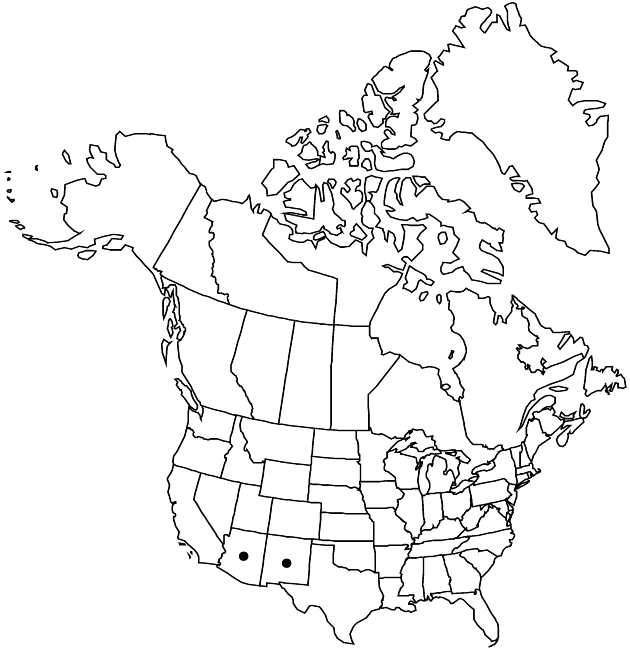Packera cardamine
Phytologia 49: 46. 1981.
Perennials, 20–60+ cm; rhizomatous (rhizomes erect to ascending, stout). Stems 1, glabrous. Basal leaves petiolate; blades orbiculate-ovate, orbiculate, obovate, or subreniform, 30–80+ × 30–80+ mm, bases cordate to contracted, margins crenate, dentate, or wavy. Cauline leaves abruptly reduced (proximal petiolate or sessile and clasping, broadly lanceolate, irregularly incised or crenate; mid ones sessile, clasping, sometimes auriculate, oblong to hastate, irregularly dentate; distal bractlike, entire). Heads 3–8 in open, cymiform arrays. Peduncles conspicuously bracteate, glabrous. Calyculi conspicuous. Phyllaries 13, light green, 5–9+ mm, glabrous. Ray-florets usually 8+, rarely 0; corolla laminae 8–11 mm. Disc-florets 30–45+; corolla-tubes 4–5 mm, limbs 6–7 mm. Cypselae 1.5–2 mm, glabrous; pappi 9–10 mm.
Phenology: Flowering mid Jun–late Jul.
Habitat: Canyons, meadows, spruce forests
Elevation: 2400–3200 m
Discussion
Of conservation concern.
Packera cardamine is uncommon, rarely collected, and known only from the Mogollon Mountains of New Mexico and the White Mountains of Arizona.
Selected References
None.

